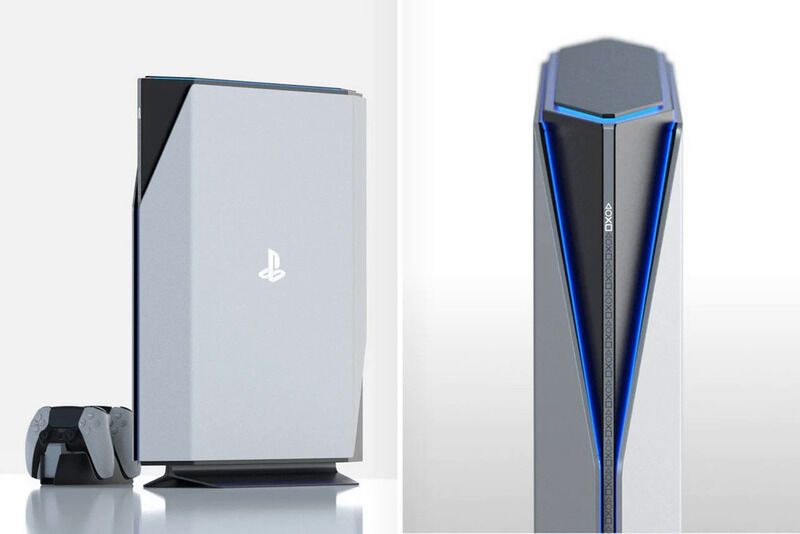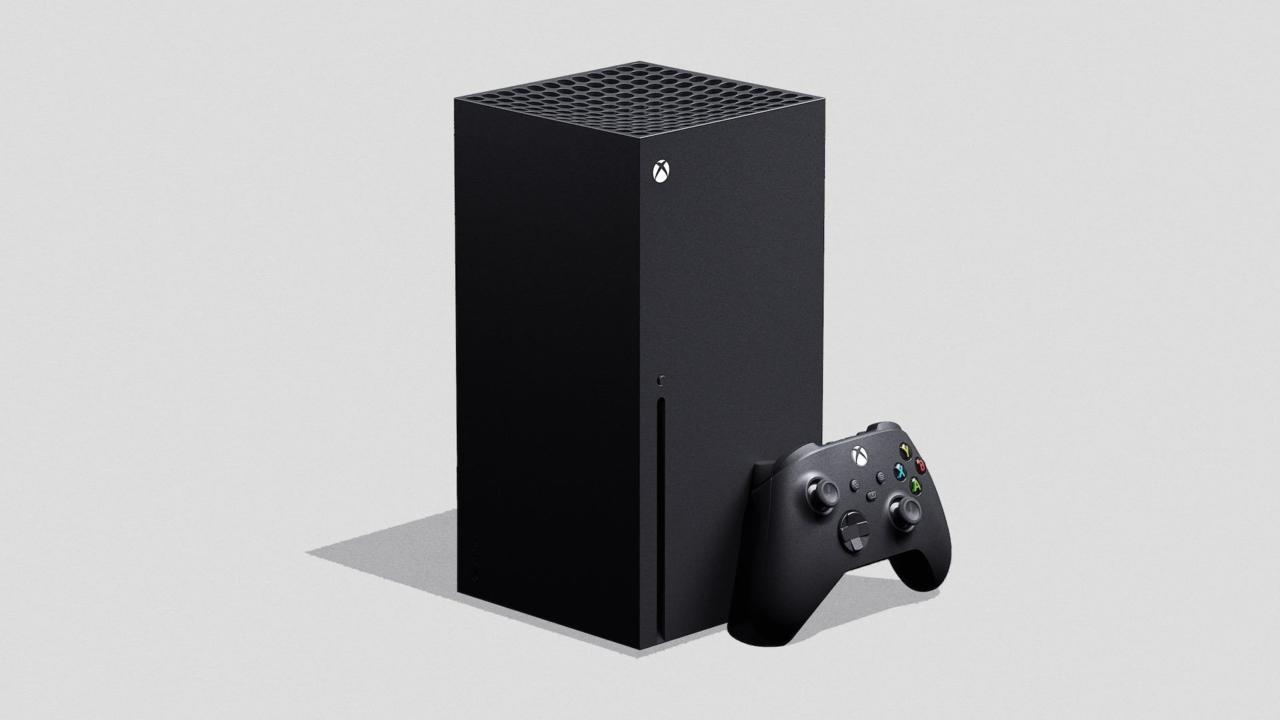

Beyond the Horizon: Exploring the Power and Promise of Next-Gen Gaming Consoles
The world of video games is in a constant state of evolution, driven by technological advancements that push the boundaries of what’s possible. Every few years, a new generation of consoles emerges, promising leaps in performance, visual fidelity, and immersive experiences. When the PlayStation 5 and Xbox Series X/S arrived on the scene in late 2020, they weren’t just replacing their predecessors; they were ushering in what was widely hailed as the “next generation” of gaming. But what exactly defines this generation, and what impact has it had on how we play?
Historically, “next-gen” has signified a dramatic jump in hardware capabilities. The transition from 2D sprites to 3D polygons, from standard definition to high definition, and from disc loading to digital downloads were all hallmarks of previous generational shifts. For the PS5 and Xbox Series X/S, the narrative centered heavily on raw processing power, blistering speed, and new levels of sensory immersion.
At the heart of these new machines lies significantly upgraded silicon. Both consoles are powered by custom-designed AMD Zen 2 CPUs and RDNA 2 GPUs, offering a substantial increase in processing power and graphical muscle compared to the PS4 and Xbox One. This raw horsepower translates directly into the ability to render more complex worlds, manage more detailed simulations, and handle sophisticated visual effects that were previously confined to high-end PCs. Games can now target higher resolutions, commonly 4K, and smoother frame rates, often pushing for a consistent 60 frames per second, and in some cases, even up to 120fps for specific titles and displays.
However, the most transformative upgrade, and perhaps the true defining feature of this generation at launch, was the widespread adoption of ultra-fast Solid State Drives (SSDs). Previous consoles relied on traditional Hard Disk Drives (HDDs), which were a significant bottleneck, resulting in lengthy loading screens that broke immersion and limited game design. The SSDs in the PS5 and Xbox Series X/S virtually eliminate these loading times. Booting up games, fast traveling across vast open worlds, or switching between different areas within a level now happens in mere seconds. This isn’t just a convenience; it fundamentally changes how developers can structure games, allowing for seamless transitions and denser, more dynamic environments that stream assets at incredible speeds.
Beyond raw speed, visual fidelity has taken a notable step forward, largely thanks to hardware-accelerated ray tracing. Ray tracing is a rendering technique that simulates the physical behavior of light, allowing for incredibly realistic reflections, shadows, and global illumination. While implementation varies from game to game, when used effectively, it adds a layer of visual realism that makes environments feel more grounded and lifelike. Combine this with increased polygon counts, higher-resolution textures, and more sophisticated particle effects, and you get games that look demonstrably better than their last-gen counterparts.
Audio immersion has also received significant attention. Sony’s PS5 features the Tempest 3D AudioTech engine, designed to deliver highly accurate and immersive spatial audio through standard headphones. The goal is to allow players to perceive sounds from specific locations around them, enhancing awareness and realism in game worlds. Xbox Series X/S supports various spatial audio formats, including Dolby Atmos and DTS:X, aiming for a similar level of three-dimensional soundscaping. This focus on audio underscores the industry’s push towards making gaming a more complete sensory experience, where sound is as crucial as visuals in pulling players into the virtual world.
Input methods also saw innovation, most notably with the PlayStation 5’s DualSense controller. While the Xbox Series controller is a refined version of its already excellent predecessor, the DualSense introduced two groundbreaking features: haptic feedback and adaptive triggers. Haptic feedback provides nuanced, localized vibrations that can simulate different textures and sensations – feeling the patter of rain, the crunch of gravel underfoot, or the tension of a bowstring. Adaptive triggers can dynamically adjust their resistance, mimicking actions like pulling a trigger on a gun or accelerating a vehicle, adding a new layer of tactile feedback that directly impacts gameplay. These features aim to connect the player more intimately with the on-screen action.
Beyond the hardware itself, the “next-gen” experience is also shaped by the surrounding ecosystems and services. Microsoft has continued to heavily invest in Xbox Game Pass, a subscription service offering a vast library of games, including all first-party titles on day one. This value proposition has become a major selling point for the Xbox platform. Sony’s PlayStation Plus service has also evolved, offering different tiers that include access to a catalog of games, including classic titles from previous PlayStation eras. Both platforms have also prioritized backward compatibility, allowing players to bring their existing libraries of games forward, often with performance enhancements like faster loading or improved frame rates, easing the transition between generations.

The consoles themselves also came in different forms. The PlayStation 5 launched in both a standard model with a disc drive and a Digital Edition without one. The Xbox Series family includes the powerful Series X and the smaller, less expensive, all-digital Series S. The Series S is designed as an entry point into the generation, targeting 1440p resolution rather than 4K, but still benefiting from the core architectural advantages like the fast SSD and RDNA 2 graphics. This tiered approach offers consumers more choice based on their budget and display setup.
While the potential of this new hardware was clear from the outset, the transition period wasn’t without its challenges. Global supply chain issues and increased demand led to significant stock shortages for both consoles for well over a year after launch, frustrating consumers and fueling scalpers. Furthermore, many early titles were “cross-gen,” released on both the new consoles and their predecessors. While this ensured a wider audience for developers, it meant that many games were inherently limited by the capabilities of the older hardware, and the true, uncompromised “next-gen” experiences took time to emerge. It’s only now, several years into the generation, that we are beginning to see more games built exclusively for the PS5 and Series X/S, fully leveraging their speed and power.
Looking ahead, the term “next-gen” will continue to evolve. We are likely to see mid-generation hardware refreshes (often dubbed “Pro” or “Mid-Gen Upgrade” models) that offer increased performance, much like the PS4 Pro and Xbox One X did. Beyond that, the next next generation remains speculative, but trends suggest further integration of cloud gaming, more sophisticated AI, potentially new forms of input or display technology (like VR/AR), and continued advancements in processing power and storage speed. The lines between console, PC, and mobile gaming may continue to blur as services and technologies converge.
In conclusion, the current generation of gaming consoles – the PlayStation 5 and Xbox Series X/S – represents a significant leap forward. Defined by their lightning-fast SSDs, powerful processors and GPUs enabling higher resolutions and frame rates, advanced visual techniques like ray tracing, enhanced audio immersion, and innovative controller technology, they have set a new standard for home console gaming. While the transition faced hurdles, these machines are now truly beginning to showcase their potential, delivering experiences that are faster, more beautiful, and more immersive than ever before. As developers continue to master the hardware and new technologies emerge, the future of gaming on these platforms, and the generations that follow, remains incredibly exciting.









